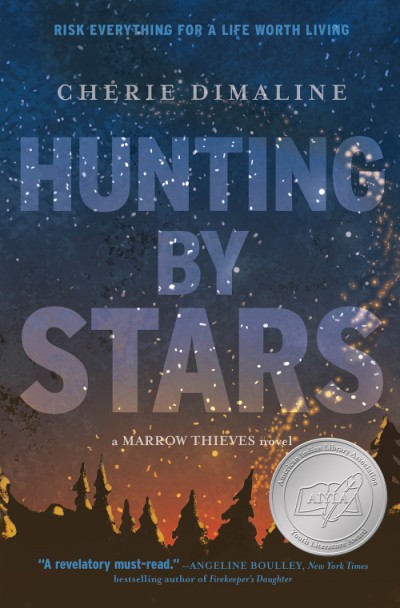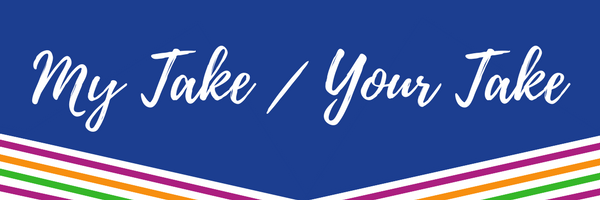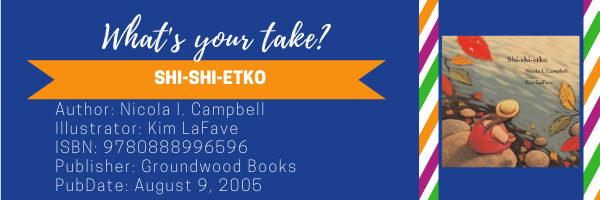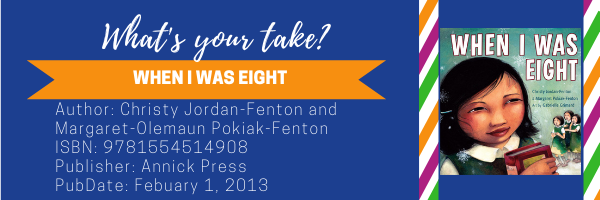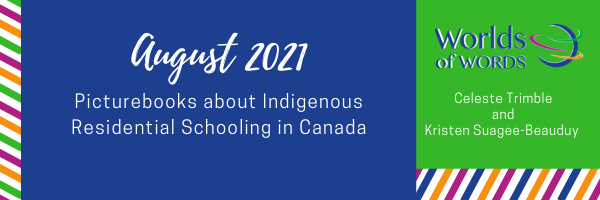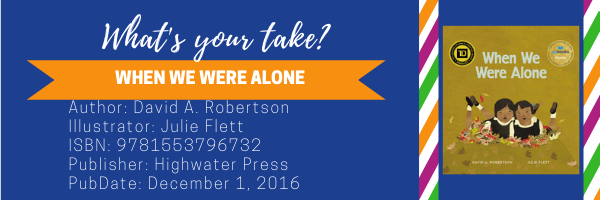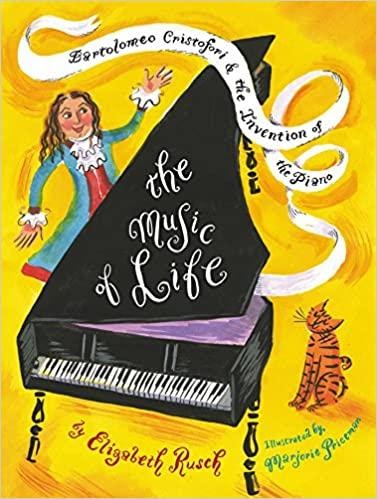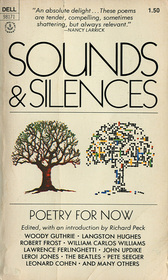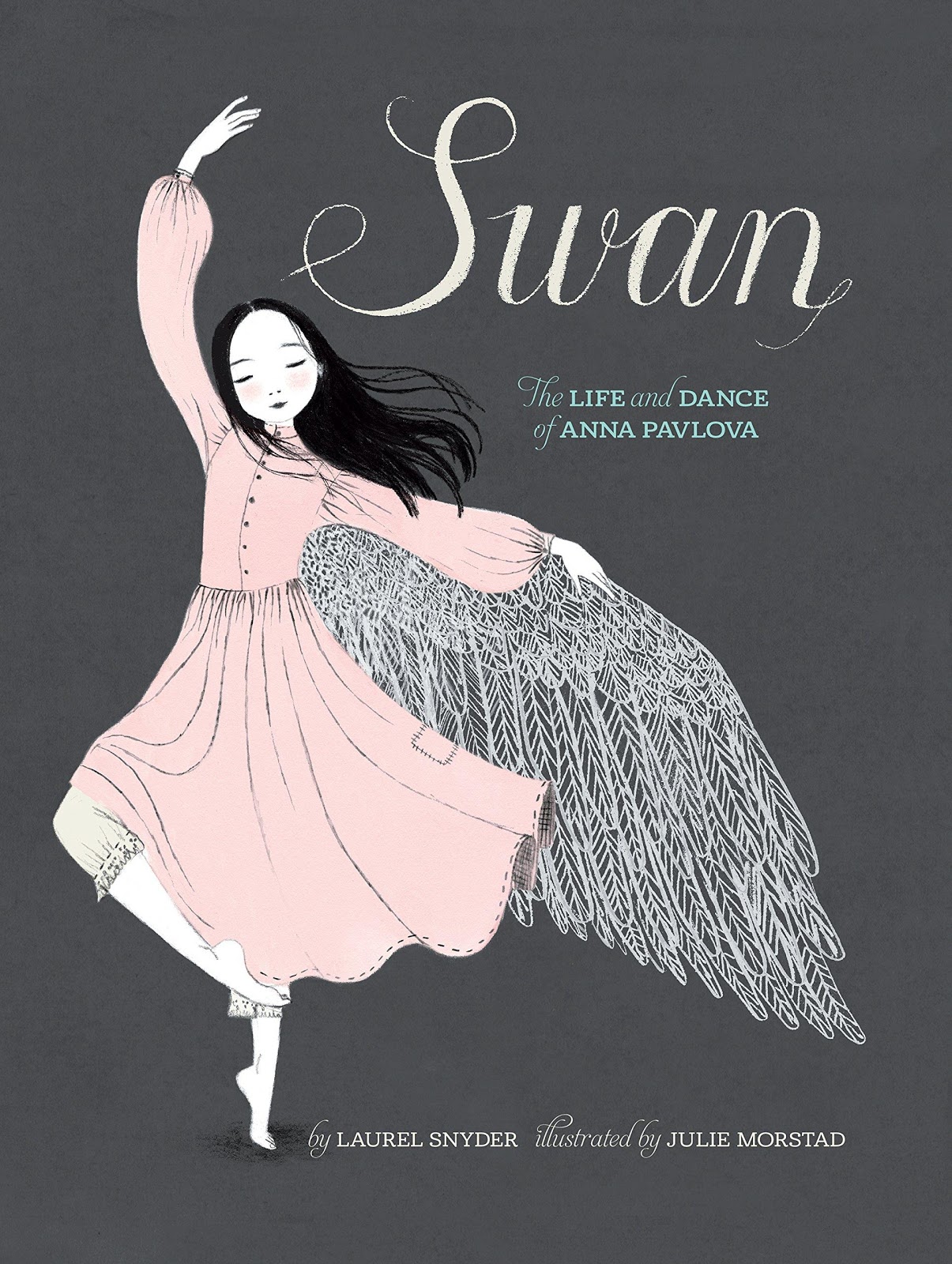By Celeste Trimble, Saint Martin’s University
Adult nonfiction titles adapted for young readers are excellent for engaging secondary and even undergraduate students in vital contemporary issues and conversations. This WOW Dozen highlights newer titles that make essential books written for adults accessible to younger readers. Many adaptations include contextual information that is not included in the original version because of assumed prior knowledge. Also, by using more familiar vocabulary or defining unfamiliar language, and other strategies for increasing accessibility, young readers are invited into the essential understandings and concepts from popular adult nonfiction, encouraging intergenerational community dialogue. Continue reading



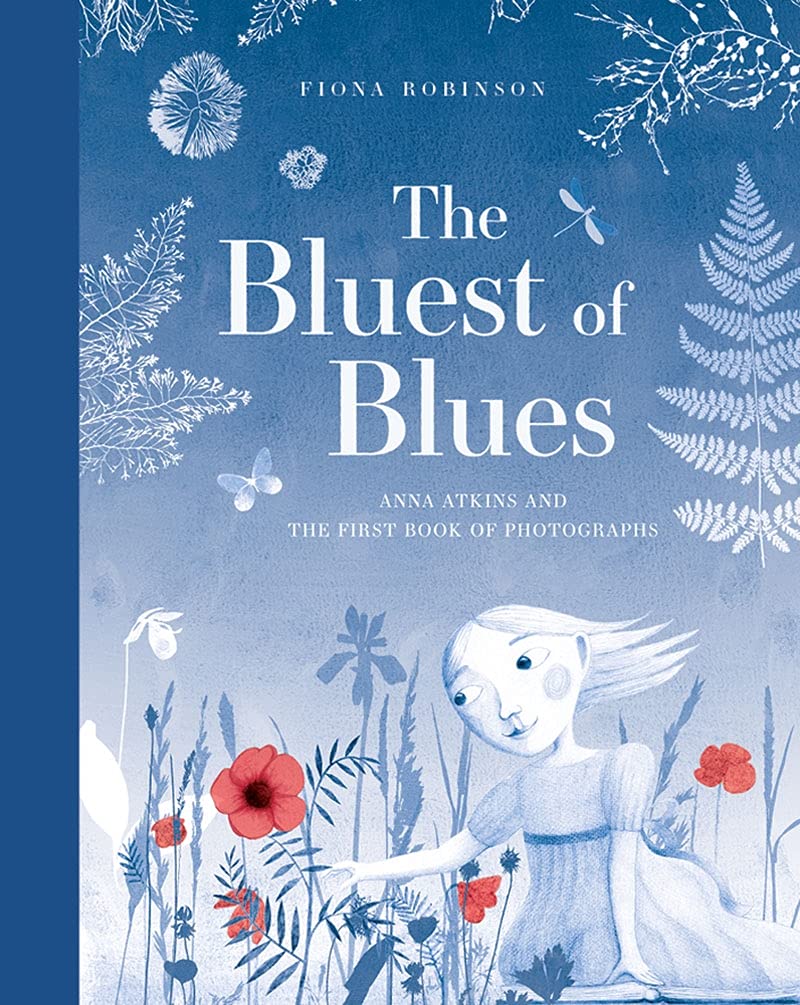 Like many artistic practices, photography is often used as a form of activism. The photographic image can help bring hidden or shadowed issues and realities into the public eye, illuminating the world as a way to create change. An excellent way to unlock photographic history and activism for children in accessible and engaging ways is through biographical picturebooks of notable photographers. These stories provide context for how photography became so ubiquitous and essential around the globe, as well as how it has and can be used as a tool for social change, perhaps inspiring young readers to do the same. Although there are a number of excellent examples, for this post I will look closely at picturebook biographies of three artists who used the photographic medium for expression and activism: Anna Atkins of England, Jacob Riis of Denmark and the United States, and Gordon Parks of the United States.
Like many artistic practices, photography is often used as a form of activism. The photographic image can help bring hidden or shadowed issues and realities into the public eye, illuminating the world as a way to create change. An excellent way to unlock photographic history and activism for children in accessible and engaging ways is through biographical picturebooks of notable photographers. These stories provide context for how photography became so ubiquitous and essential around the globe, as well as how it has and can be used as a tool for social change, perhaps inspiring young readers to do the same. Although there are a number of excellent examples, for this post I will look closely at picturebook biographies of three artists who used the photographic medium for expression and activism: Anna Atkins of England, Jacob Riis of Denmark and the United States, and Gordon Parks of the United States. 
